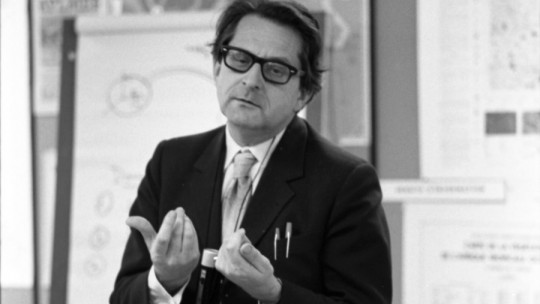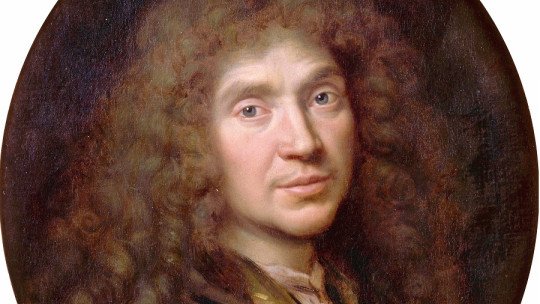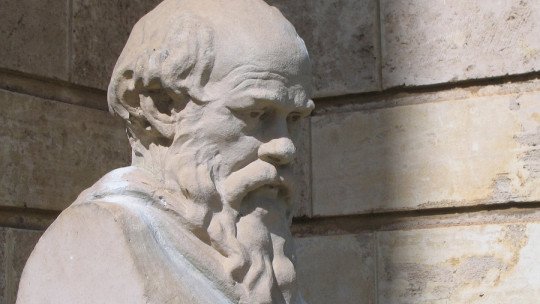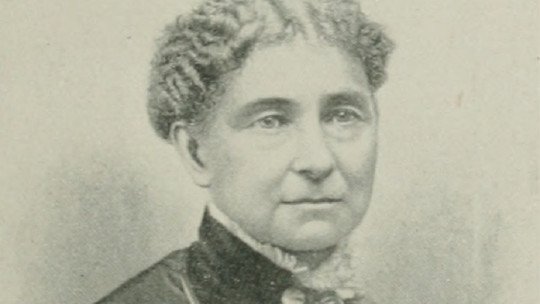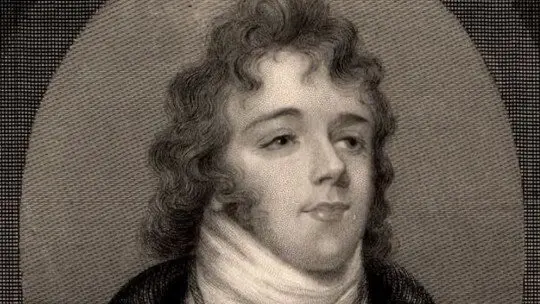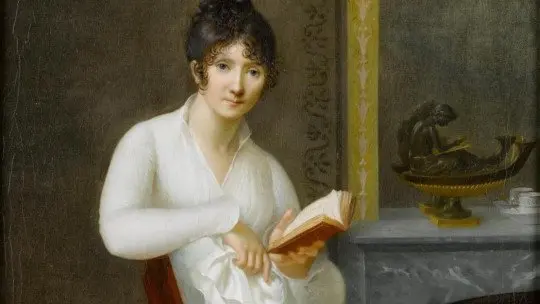She is known as Chevalier d’Éon, but also as Mademoiselle d’Éon. She could be seen wearing a military uniform, but also dressed in the most refined feminine attire. Tall, thin and soft-featured, the Chevalier d’Éon aroused admiration and hatred in equal parts. The mystery about his biological sex was a hot topic in European society at the time: in England, bookmakers even used the issue for profit. Londoners went crazy betting on the sex they considered “real.” And the Chevalier d’Éon (or Mademoiselle d’Éon) laughed at them all.
If you have been surprised and want to know more about this fascinating character, keep reading. In this brief biography of Chevalier d’Éon You will enter one of the most exciting lives of the 18th century.
Biography of the Chevalier d’Éon
The names that were imposed on him at the baptismal font already predicted his enigmatic future. Because our character was called Charles-Geneviève-Louise-Auguste-Andrée-Thimotée. That is, he had female and male names. It is known that he was born in Tonnerre, France, into a noble family , and that in 1743, at the age of 15, he settled in an uncle’s house in Paris to pursue university studies. At the age of 21 he graduated in Civil and Canon Law and began to practice in Parliament.
Chevalier d’Éon or Mademoiselle?
In those years he was not yet a Chevalier d’Éon, and was known simply as Charles. Very cultured and very refined, the young man soon displayed a privileged mind that dazzled King Louis XV Legend claims that the monarch met d’Éon at a party where Charles attended dressed as a woman. Louis XV believed this feminine identity, and when he found out that she was, in fact, talking to a boy, he was pleasantly surprised.
It was then that She sent him to Russia under the identity of Mademoiselle Lia de Beaumont, with the aim of approaching the country’s then sovereign, Elizabeth I , and convince her to accept an alliance with France. War against Britain and Prussia seemed imminent, and France wanted Russia on its side in the war.
The reality is more prosaic. Enthused by Charles’s intelligence and savoir faire, Louis XV sends him as an ambassador (and as a man) to the court of Elizabeth I. There, Charles’ charm and diplomacy does his job: When he returns from the Slavic country, Russia is on France’s side in the Seven Years’ War This represents the first of many successes that the Chevalier d’Éon will achieve during his career as ambassador.
Ambassador of France… and spy of the king
The success obtained at the Russian court opened the doors of the so-called Secret du roi. This cabinet, led by Prince de Conti, was the first truly organized secret service in history. He served the interests of Louis Conti deeply admired Charles’s capacity for suggestion, as well as his manners and ease. Without hesitation, he proposed that she become part of the secret cabinet.
This is where Charles’s career as a spy begins , an obviously secret job that combines with official diplomatic tasks. At the same time, he enlists in the army as a dragoon captain and participates in several campaigns of the Seven Years’ War.
When the war ends, he is sent to London to negotiate peace with England. Once again, d’Éon’s success is overwhelming: obtains for France a more than favorable peace treaty, which was signed in February 1763. Grateful for the services provided, Louis XV granted him the Cross of Saint Louis and named him, now, Chevalier d’Éon, knight d’Éon.
Bets are allowed
As a member of the French embassy in London, Charles remains in the capital. There he begins to be known by London society for his luxurious and eccentric parties, but also for his friendliness, his charisma and his people skills. All the people who interact with the Chevalier d’Éon fall at his feet. Charles is charming and has a magnificent culture, which makes him an unbeatable speaker at society meetings.
In 1770 the first rumors began to spread about the Chevalier’s sex Some are absolutely convinced that she is a woman who dresses in men’s clothes; They base their theory on her hairless face and her graceful forms. However, others assure that no, that the Chevalier is a man: otherwise, he would not have been able to show so much courage in battle… Little by little, the discussion takes on serial overtones. Libels and satires appear in the newspapers, and even London bookmakers make a killing calling on citizens to bet on the sex of the illustrious character.
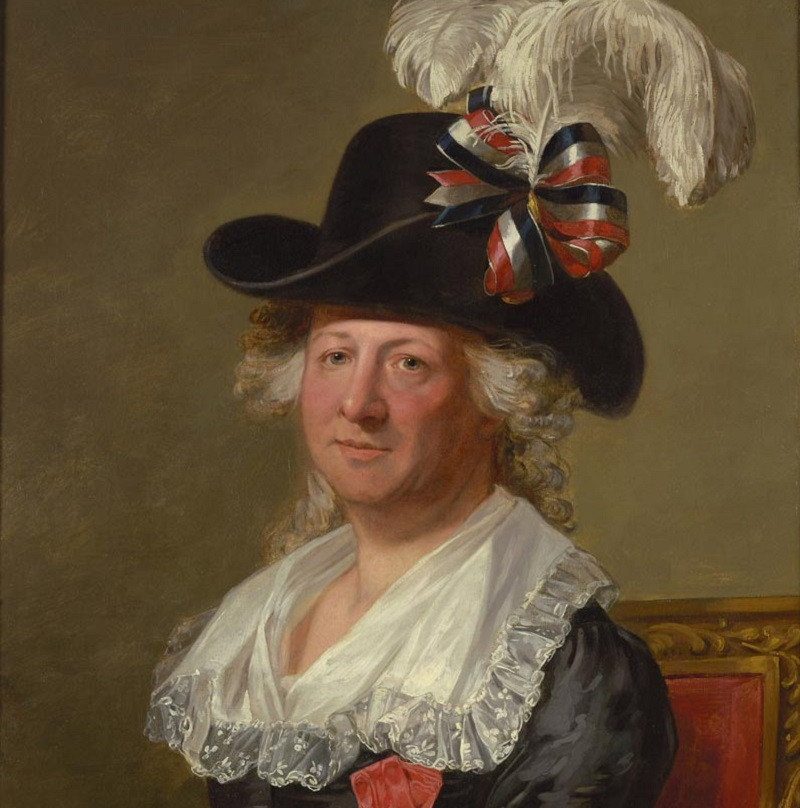
In 1774, the rumors cross the English Channel and reach Paris, where the new king, Louis XVI, asks for explanations. The Chevalier has no choice but to clarify the situation: He claims that he was born a woman, but since his father had no male heir, he raised him as if he were a man It seems that the mystery, in principle, is solved.
Mademoiselle d’Éon
But, before putting an end to the discussions about her sex, the king dismisses d’Éon and appoints de Gerchy, his staunch enemy, as a new ambassador. The reason: the crazy parties and the way of life that the Chevalier leads in London have destroyed the budget of the French embassy. D’Éon feels deeply humiliated. When Louis XV demands that he return to France, he refuses and remains in London, but not before blackmailing the king. Let us not forget that d’Éon, as a former member of the Secret du roi, is in possession of very compromising documents.
We have already commented how, once on the throne, the new King Louis XVI asks d’Éon for explanations about his sex. After obtaining confirmation of his female sex, The king requires the Chevalier to always wear women’s clothing In other words, d’Éon will no longer be able to wear his dragoon uniform or display his military decorations. And when d’Éon protests, Louis XVI is very clear: if he does not wear women’s clothing for the rest of his life, he will receive no pension from the French state. Finally, d’Éon gives up. From now on, and for the remaining 33 years of his life, Charles will be Mademoiselle d’Éon.
The last years
Faithful to his promise, d’Éon dresses in exquisite feminine clothing and receives all his visitors dressed as a woman. Disputes about her sex have been silenced. There is no longer any mystery: d’Éon has always been a woman who dressed in men’s clothes.
However, d’Éon does not like his new situation. She wants to wear her military uniform and her decorations, and it seems inconceivable to her that she, being a woman, should not be allowed to wear them. It is known that, on one occasion, he dressed as a man again, and that for this he was taken to prison People shook their heads and attributed his stubbornness to the masculine upbringing he had received.
In 1789, the situation changes for Mademoiselle. The new French state born after the French Revolution withdraws his pension, like all French nobles. Mademoiselle d’Éon, accustomed to living in the midst of all kinds of luxuries, She is forced to survive on barely 200 pounds a year Her situation is desperate, but his prodigious mind devises a solution. She knows that the public has not forgotten her. She knows that, deep down, people still admire her. So she starts giving fencing exhibitions (one of the sports she has always excelled at)…dressed as a woman.
However, although these exhibitions enjoy some popularity, d’Éon’s financial situation is increasingly critical. He spent his last years in almost poverty, sharing a modest apartment with a widow, Mrs. Cole, who became his inseparable friend. Mademoiselle d’Éon died in 1810, aged 81. When her faithful companion undresses her to prepare her for her burial, she observes in surprise that Mademoiselle… has male genitalia.
Mrs. Cole feels so incredulous that she summons several doctors and anatomists to confirm what she does not want to believe. A careful examination of the corpse is then carried out and the artist Charles Turner is called to leave graphic testimony of d’Éon’s intimate anatomy. The drawing in question is printed and made public, although the number of prints that were made is unknown. London society then realizes that the story they believed… is actually the other way around
Transgender symbol
The figure of Charles d’Éon/Mademoiselle d’Éon, despite being still quite unknown, It is one of the historical symbols of the transgender community However, historians raise serious doubts about whether d’Éon really contemplated this option as a result of personal convictions or if, on the contrary, it was simply a way to keep himself on everyone’s lips.
So, the question is: did the Chevalier d’Éon feel like a woman? It is clear, from the autopsy performed and the study of his genitals, that his biological sex was male. But what gender did she identify with? Or did she identify with both?
It seems quite likely that d’Éon, after being dismissed as ambassador, maintained his feminine dress and behavior to continue enjoying the pension that the king had promised him. However, this royal status had derived from a previous statement, in which d’Éon himself claimed to be biologically a woman. Why did she claim such a thing, if she had male genitals? Was it all a calculated strategy to avoid being forgotten? Or perhaps by affirming his feminine status, d’Éon was confirming the gender with which he felt identified? Let us remember that, In the 18th century, there was no distinction between the concepts “sex” and “gender.”
Be that as it may, the truth is that the Chevalier d’Éon/Mademoiselle d’Éon was an overwhelming personality, with lively intelligence and a strong as well as charming character. Not in vain, Voltaire himself said that he was “the most brilliant man of his century.”


